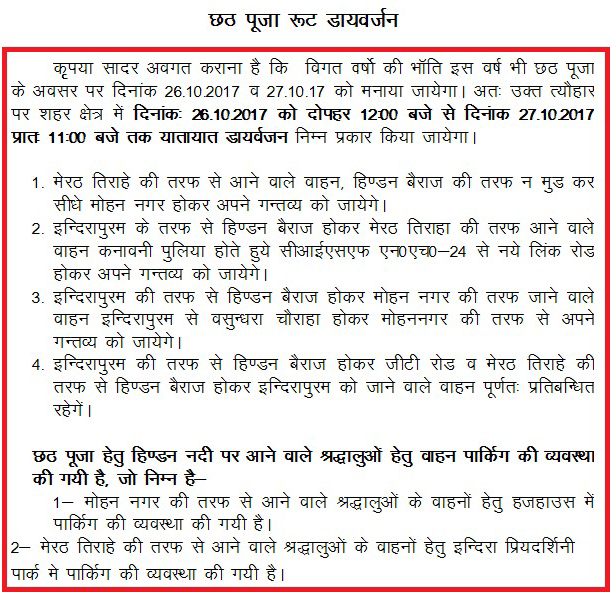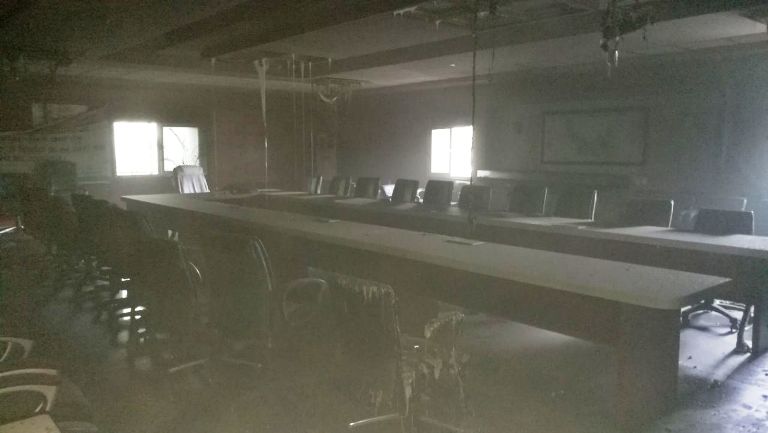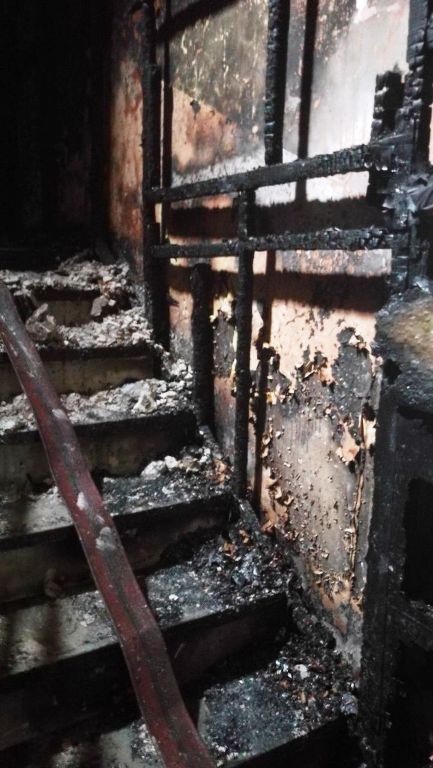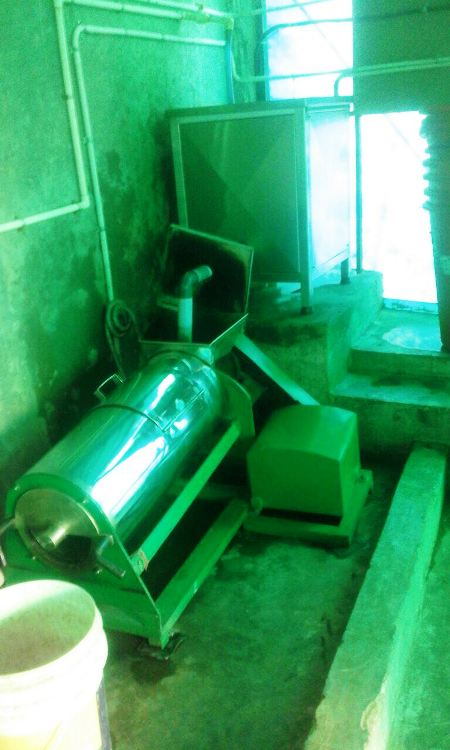Garden Estate in Sector 24, Gurgaon, has decided to join the growing
list of condominiums that carry out their own waste management.
After segregating dry waste from wet, manure is generated for the gardens of the condominium. A part of the supply — nearly 20 per cent — is given away to NGOs, such as I Am Gurgaon.
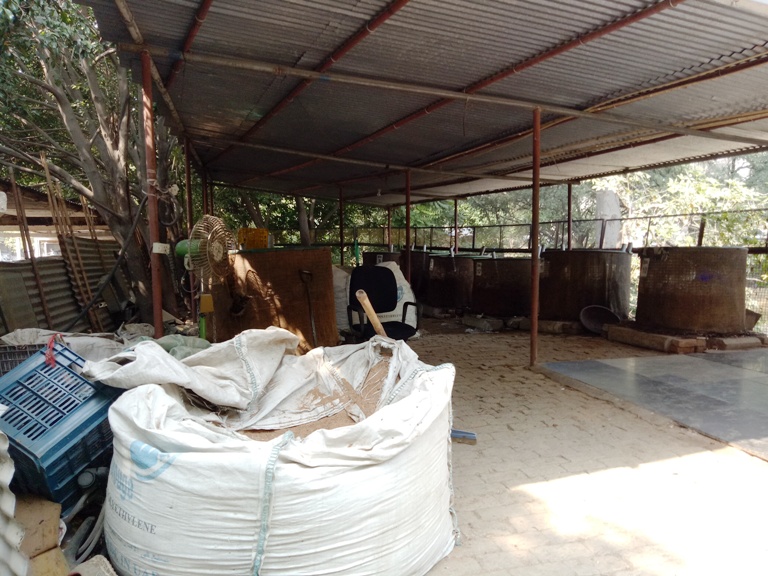
The composting unit on the premises
The condominium is spread across 23 acres and has 373 flats.
Speaking about the initiative, Keshav Jaini, former member of the executive committee, said, “On a daily basis, we generate 240 kg of waste. Till date, we have collected 120 tonnes of kitchen waste, which has been converted into 17 tonnes of compost.”
The compost plant is able to generate 700-800 kg of manure a month.
Ritu Raina, a resident, said, “Every resident should consider this initiative imperative — it’s the little we can do to lessen pollution. Most condominiums are realising its importance now.”
After segregating dry waste from wet, manure is generated for the gardens of the condominium. A part of the supply — nearly 20 per cent — is given away to NGOs, such as I Am Gurgaon.

The composting unit on the premises
The condominium is spread across 23 acres and has 373 flats.
Speaking about the initiative, Keshav Jaini, former member of the executive committee, said, “On a daily basis, we generate 240 kg of waste. Till date, we have collected 120 tonnes of kitchen waste, which has been converted into 17 tonnes of compost.”
The compost plant is able to generate 700-800 kg of manure a month.
Ritu Raina, a resident, said, “Every resident should consider this initiative imperative — it’s the little we can do to lessen pollution. Most condominiums are realising its importance now.”












